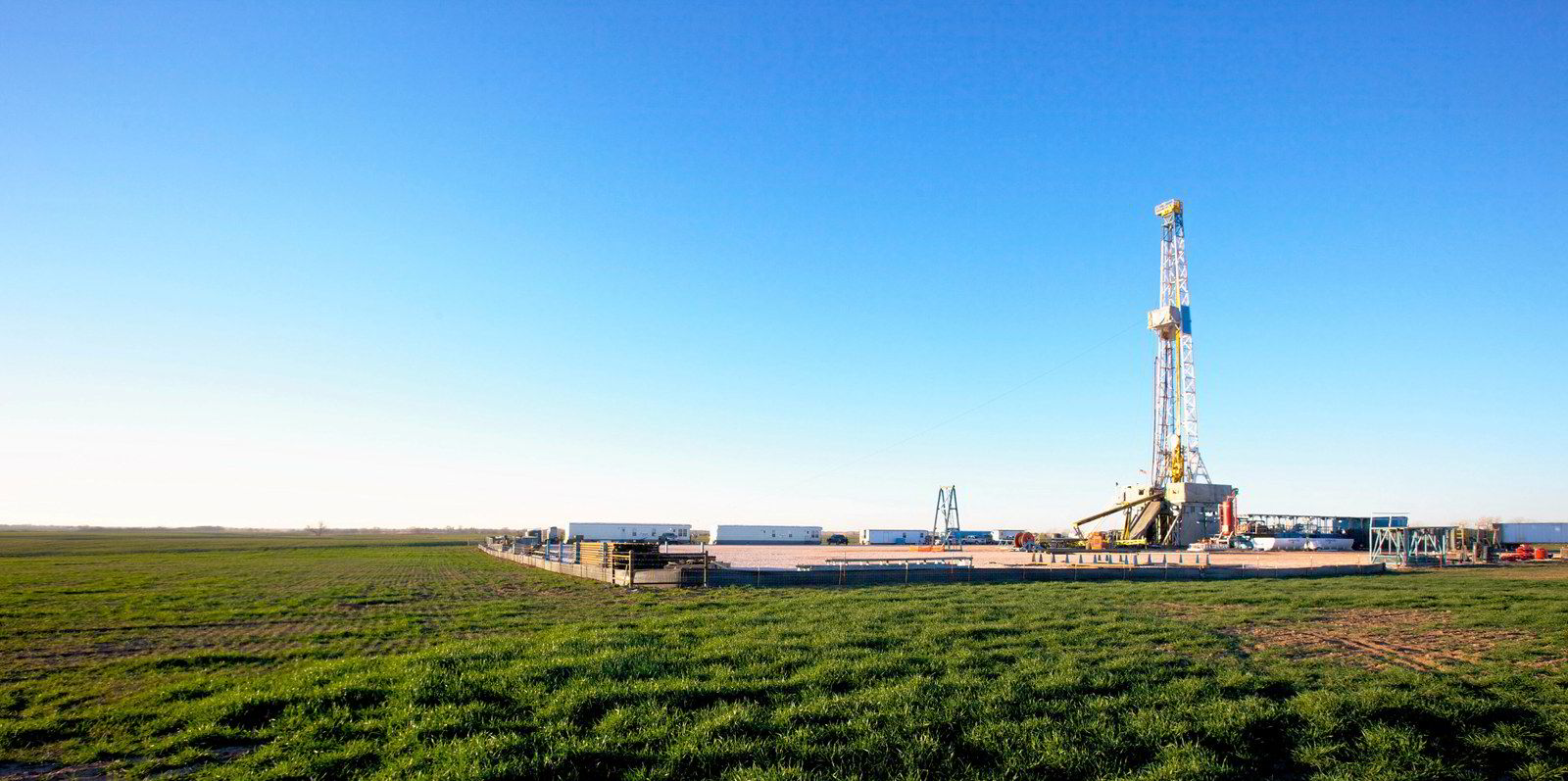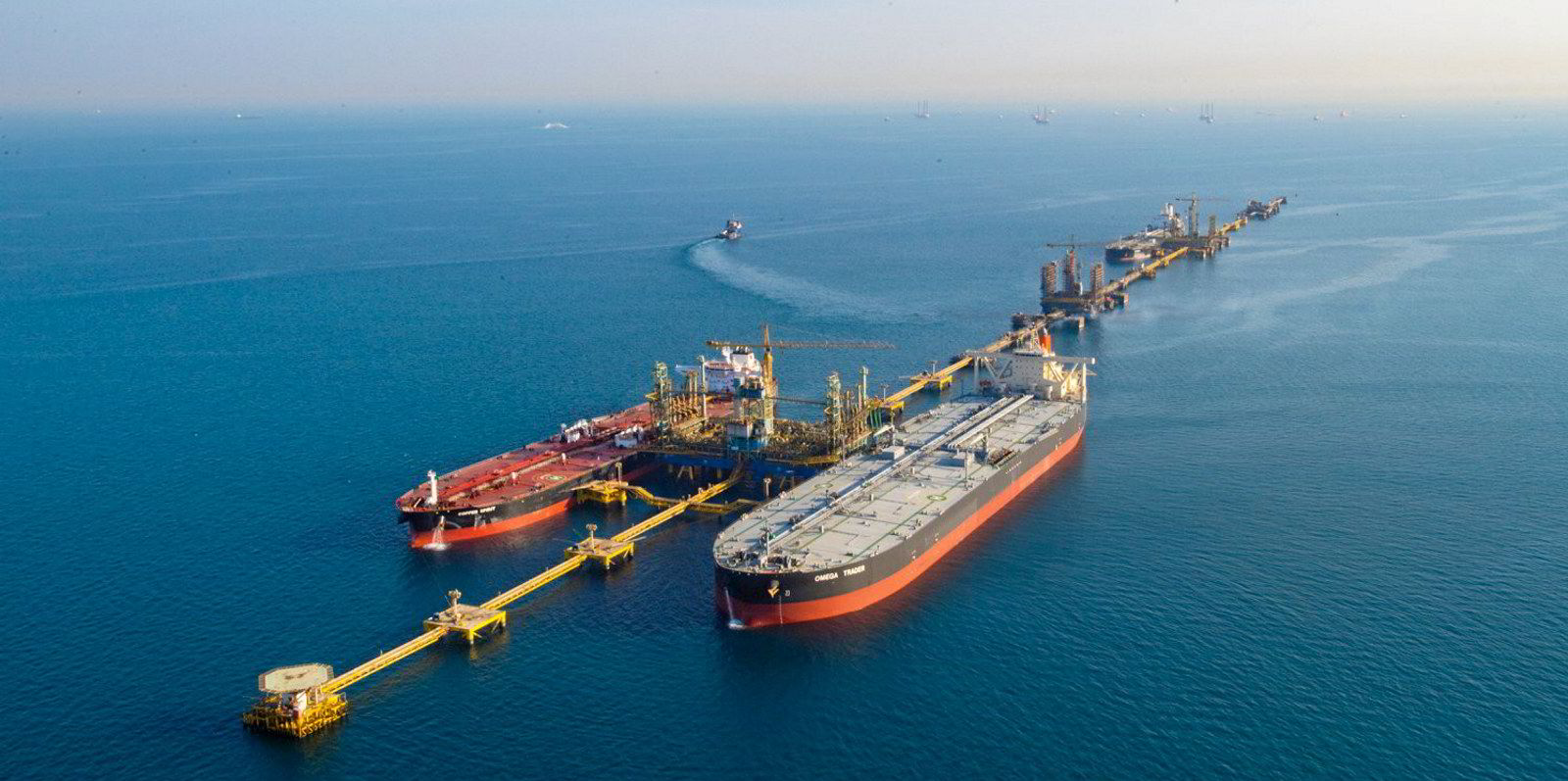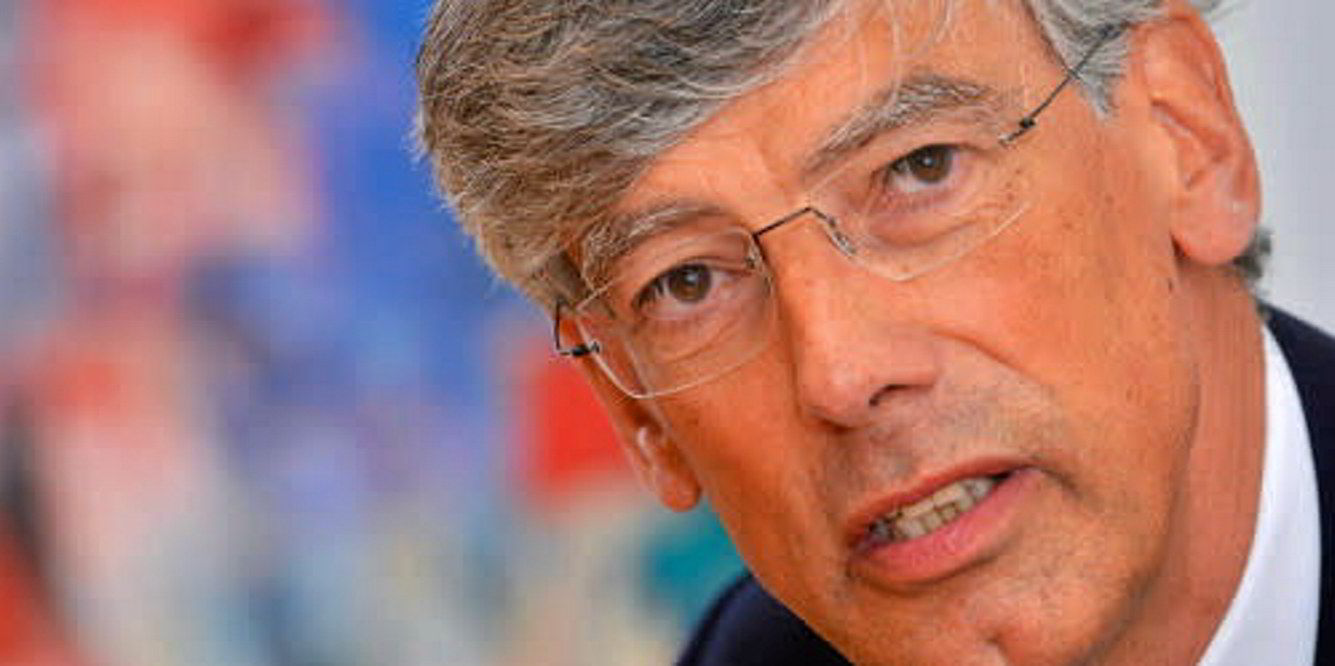Opec and its Russia-led allies have postponed their monthly meeting indefinitely after failing to agree a future production plan, creating great uncertainty over the oil supply chain.
During the earlier rounds of talks, most Opec+ members sought to raise crude output by a combined 400,000 barrels per day (bpd) every month between August and December. They also aimed to extend their joint production pact beyond April 2022.
But the United Arab Emirates said it would not accept the proposal unless it was given a higher production quota. Others, including Saudi Arabia, disagreed.
Observers said multiple scenarios have emerged following the breakdown, and each of them has its own implications for the tanker markets.
Another price war
The Opec+ group of 23 producers could soon begin to pump at will, fighting for market share in an oil market that is supposed to enjoy a demand recovery.
This would likely evolve into the second oil price war since March 2020, when Russia and Saudi Arabia could not form a consensus on how to respond to the Covid-19 pandemic.
The market was flush with oil in the all-out bloodshed then, and floating storage requirements boosted crude and product tanker earnings to record levels for some weeks.
But some experts said there would be a slim chance of the dream scenario for shipowners turning into a reality this time around.
Arthur Richier, a senior freight analyst at energy intelligence firm Vortexa, said: “Those countries were not facing a very hard year economically as they have in the past year.
“It’s in everyone’s interest to get the money coming into the government account, to keep the price of oil elevated.”
Let’s just be friends
Another school of thinking in the oil circle is that Opec+ will reach an agreement in the coming days to avoid prolonged market chaos.
Such a compromise proposal is expected to involve a monthly output hike of more than 400,000 bpd to accommodate the UAE’s request.
McQuilling Partners estimates tonnage demand would increase by 27 VLCCs — or equivalent — if Opec+ raises production by 500,000 bpd per month from next month until the end of December.
But Stefano Kazantzis, the brokerage’s commercial director, warned that persistent tonnage oversupply would limit the upside of tanker earnings.
“For the next six to 12 months, I think the market will be more challenged than maybe some market participants are expecting,” Kazantzis said.
A wait-and-see approach

By default, Opec+ members should maintain the current production quotas before hammering out a new deal.
Saudi Arabia has reportedly increased its crude prices to Asia for next month, signalling the kingdom may have little appetite in hiking output.
While Opec+ can wait until August to gauge further demand signals from the countries hit by the Delta variant of coronavirus, US shale producers are not expected to step in to provide tanker employment opportunities.
Some analysts believe incremental US production will be absorbed by refiners in the country, with oil consumption in the country well on track towards recovery.
“US domestic refinery demand for crude is only going to increase and, unfortunately, that's going to take away crude volume for the export market,” Richier said.






